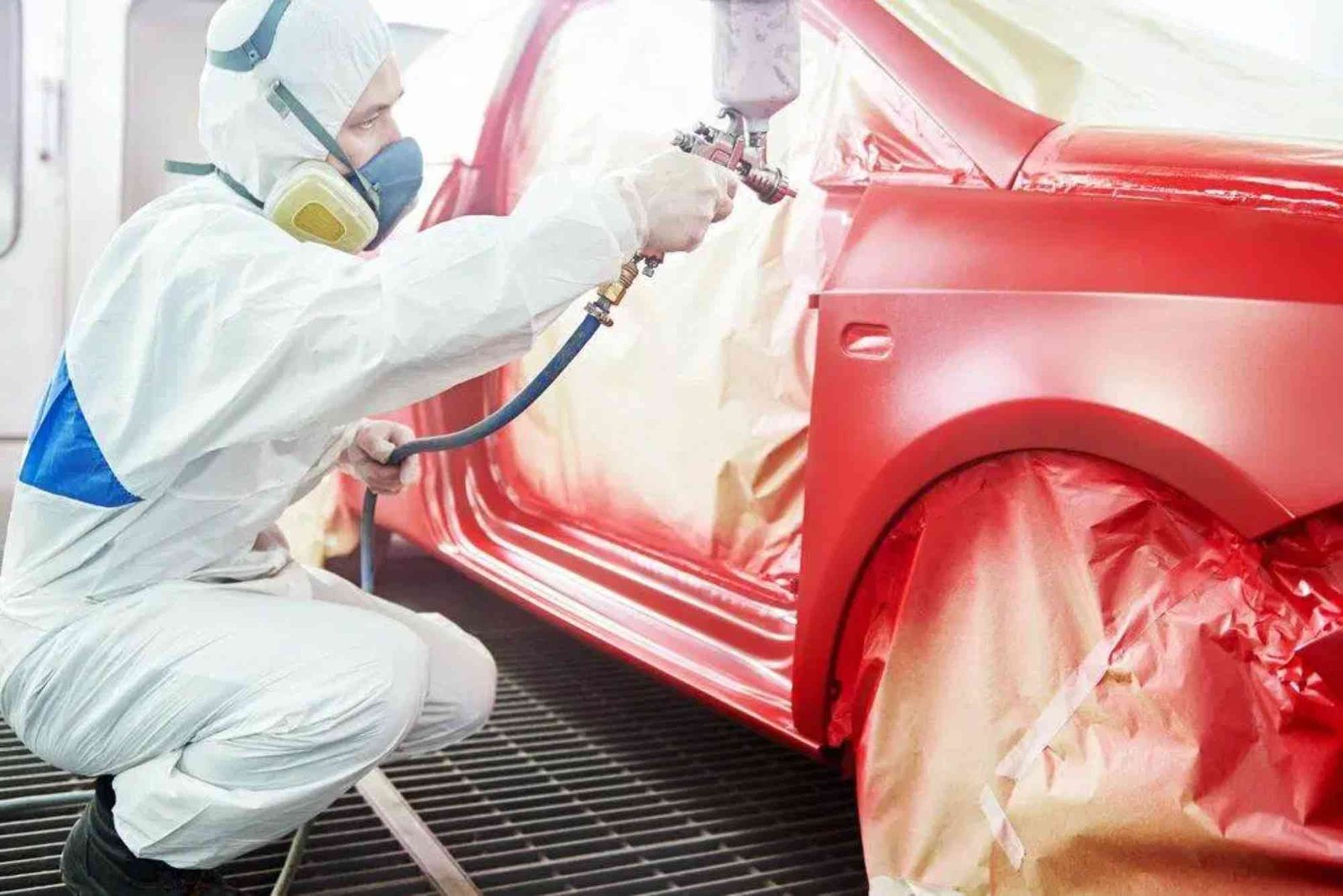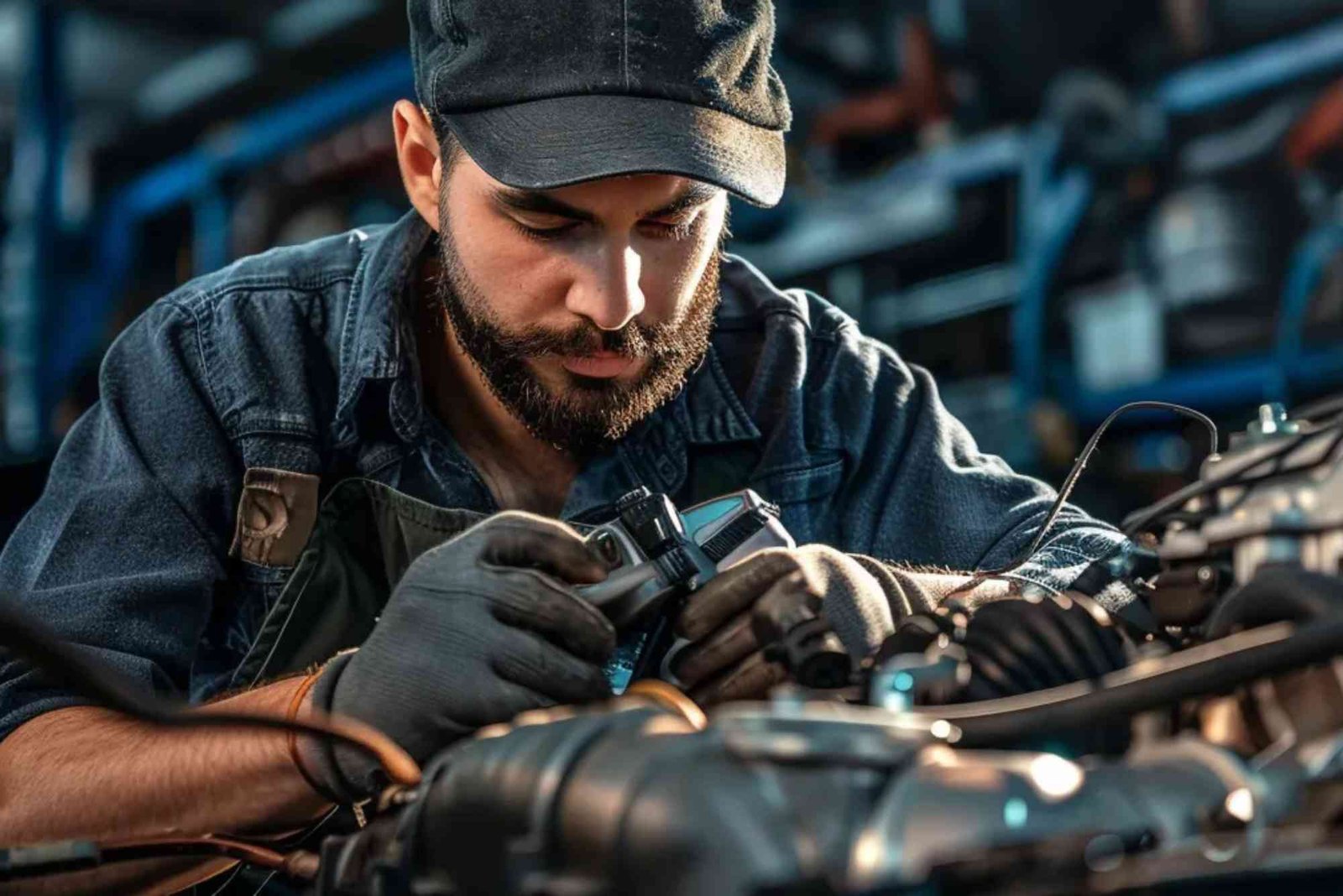How to Make RC Car at Home — Practical Tips and Expert
Building an RC (remote-controlled) car at home is one of the most exciting DIY projects you can try. Whether you’re an engineering student, hobbyist, or parent helping your child explore creativity, learning how to make RC car at home — Practical Tips and Expert guidance will help you design a car that runs smoothly, efficiently, and affordably.
In this guide, you’ll learn the tools, components, and steps required to build your own RC car from scratch, along with expert tips to ensure your project succeeds.
Understanding the Basics of RC Cars
Before jumping into the process, it’s essential to understand what makes an RC car function. An RC car works on a simple electronic system that includes a motor, receiver, battery, and controller. Together, these components allow you to control your car wirelessly.
What You’ll Need
-
Chassis or base: You can use plastic, metal, or even sturdy cardboard.
-
Electric motor: The heart of your RC car.
-
Receiver and transmitter: To communicate wirelessly with the car.
-
Battery pack: Powers the motor and other electronics.
-
Wheels and axles: To ensure smooth motion.
-
Steering mechanism: Helps in directional control.
For detailed guidance, check How To Make an RC car at home with expert suggestions.
Step-by-Step Guide: How to Make RC Car at Home — Practical Tips and Expert
Now that you have the basics, let’s explore how to actually build your car with practical insights.
Prepare the Chassis
The chassis acts as the foundation of your car. You can design it using durable plastic, wood, or aluminum. Make sure it’s light but strong enough to hold the components. Drill small holes to mount the motor, axles, and battery holder.
Install the Motor
Attach the motor securely to the chassis. If you’re using a brushed motor, connect it to the rear axle for driving power. A brushless motor offers better speed and efficiency, ideal for advanced users.
Expert Tip: Use rubber grommets to reduce vibration from the motor and increase performance stability.
Add the Wheels and Axles
Attach the front and rear axles using metal rods or ready-made axles from an old toy car. Ensure the wheels spin freely and are properly aligned to avoid wobbling.
Set Up the Steering Mechanism
Use a small servo motor to control the front wheels. This allows the car to turn left or right based on remote input. Mount the servo using small screws and test its response.
Connect the Receiver and Transmitter
Connect the receiver to both the motor and steering servo. Pair it with your transmitter (controller). Test the connection to make sure the signals are received properly.
You can also visit How To Make Rc cars efficiently by following professional design ideas for better performance.
Power the System
Install the battery pack and ensure all connections are tight. A 7.4V Li-ion or LiPo battery is commonly used for hobby-grade RC cars. Ensure proper insulation of wires to avoid short circuits.
Test and Fine-Tune
Turn on your transmitter and power on your RC car. Test acceleration, steering, and braking. Adjust the motor position or wheel alignment if you notice irregular movement.
Pro Tip: Keep your RC car lightweight for better speed and battery life. Avoid heavy decorative parts that reduce performance.
Expert Tips for Building an Efficient RC Car
Use Lightweight Materials
Using lighter materials like carbon fiber or plastic can drastically improve speed and handling.
Optimize Gear Ratio
Adjust your gear ratio according to terrain. A higher gear ratio is great for speed, while a lower ratio improves torque for off-road driving.
Choose Quality Tires
The right tires make a huge difference. Rubber tires offer better grip for smooth surfaces, while foam tires are best for racing.
Keep Your Car Balanced
Proper weight distribution prevents your car from tilting or spinning uncontrollably during turns.
Secure All Components
Use screws and glue to keep all components firmly in place. This ensures your RC car runs safely at high speeds.
For more advanced insights into vehicle performance and control,Read more on www.edmunds.com.
Common Mistakes to Avoid When Building an RC Car
Using Weak Adhesives
Avoid regular glue—use industrial-grade epoxy or hot glue for stronger bonding.
Ignoring Alignment
Poor wheel alignment leads to unstable driving. Always double-check before final testing.
Overheating the Motor
Don’t overload your motor with high voltage batteries. Ensure proper ventilation to avoid overheating.
Skipping Calibration
After assembly, calibrate your remote to ensure smooth throttle and steering control.
Maintenance and Safety Tips
Once your RC car is ready, maintaining it properly will keep it in excellent condition for longer.
Clean Regularly
Dust and debris can affect motor performance. Use a small brush to clean your RC car after every use.
Check the Battery
Avoid overcharging and store batteries in a cool place. Always unplug after use.
Tighten Loose Parts
Regularly inspect screws and connections before each run to prevent damage during operation.
Protect Electronics
Keep your receiver and motor away from water or moisture to prevent short circuits.
Advantages of Making Your Own RC Car
Building your RC car offers several benefits:
-
You learn real-world engineering concepts.
-
It’s cost-effective compared to buying one.
-
You can customize features based on preference.
-
It’s a great bonding activity for parents and kids.
-
You gain satisfaction from creating something functional from scratch.
Creating an RC car helps develop technical understanding and creativity simultaneously.
FAQ — People Also Ask
How can I make an RC car at home easily?
You can make an RC car at home using simple materials like cardboard, a small motor, a battery pack, and a remote control. Start with a sturdy base, attach the motor to the wheels, and connect everything to the receiver.
Which battery is best for an RC car?
A Li-ion or LiPo battery is best for homemade RC cars due to their lightweight and high power output.
Can I make an RC car without a remote?
Yes, but it will become an automatic wired car. To make it remote-controlled, you need a receiver and transmitter.
How fast can a homemade RC car go?
Depending on the motor and battery, a homemade RC car can reach 15–30 km/h. Upgrading to a brushless motor increases speed significantly.
What materials are best for making an RC car chassis?
Plastic and lightweight metals like aluminum are ideal due to their strength and low weight.
Learning how to make RC car at home — Practical Tips and Expert is a rewarding and educational experience. You don’t need professional tools—just patience, creativity, and a willingness to experiment. By following this guide, you can design, build, and customize your very own RC car that runs smoothly and efficiently.
Whether you’re looking to enhance your DIY skills or just have fun, start your project today. For more detailed guidance, check How To Make and How To Make Rc on the provided resources to build your perfect RC car.
Ready to take your creativity to the next level? Gather your tools and start building your first RC car today!












